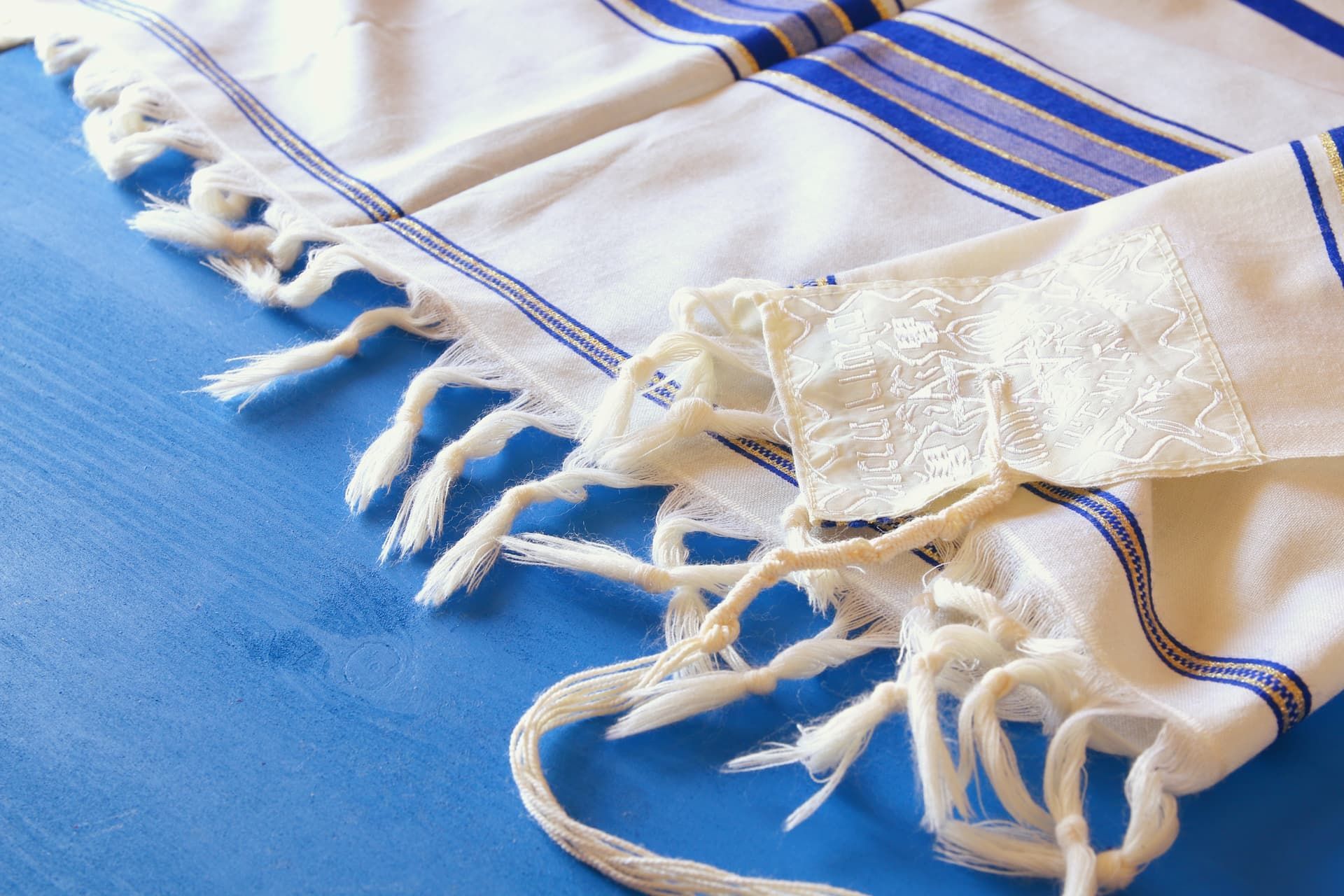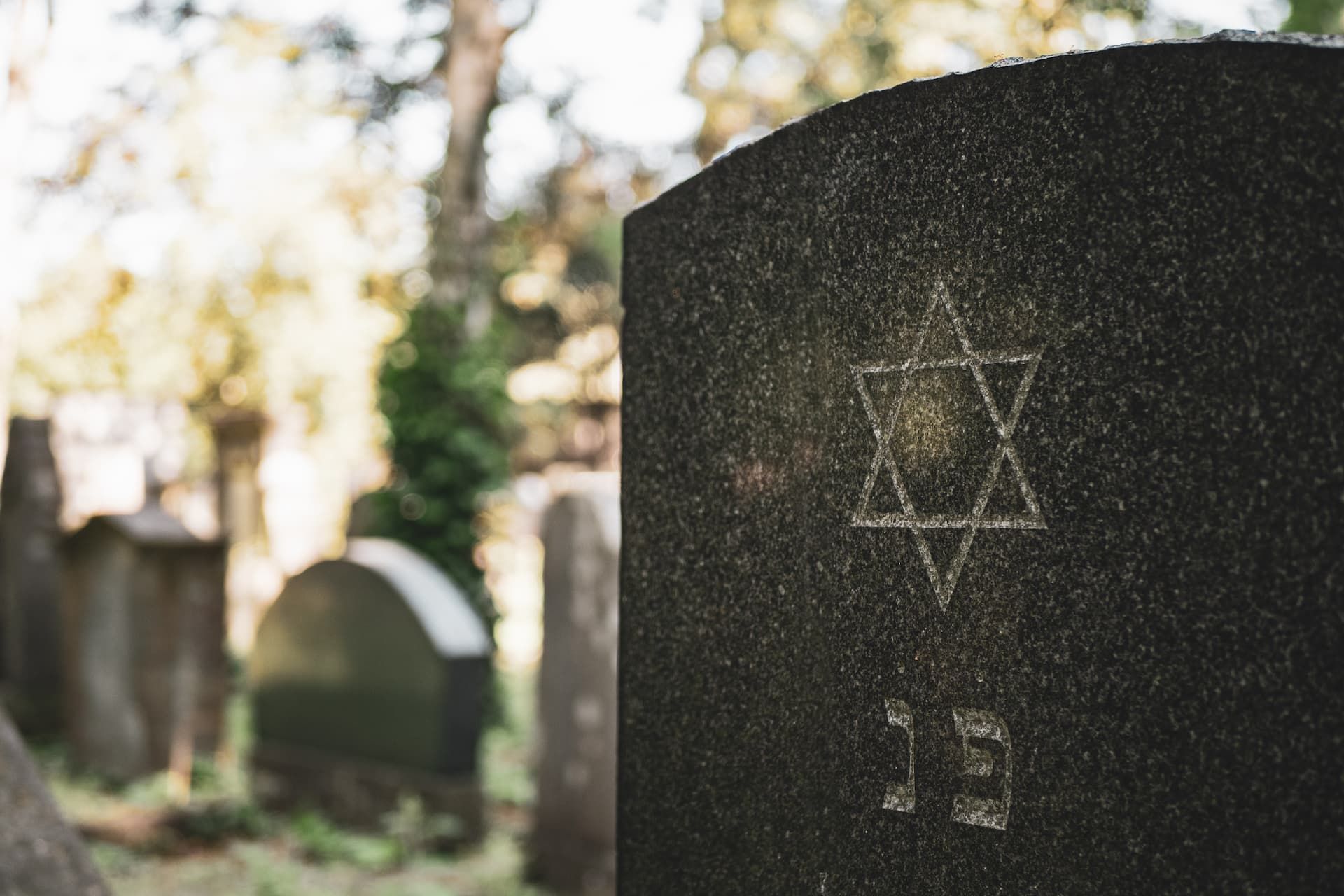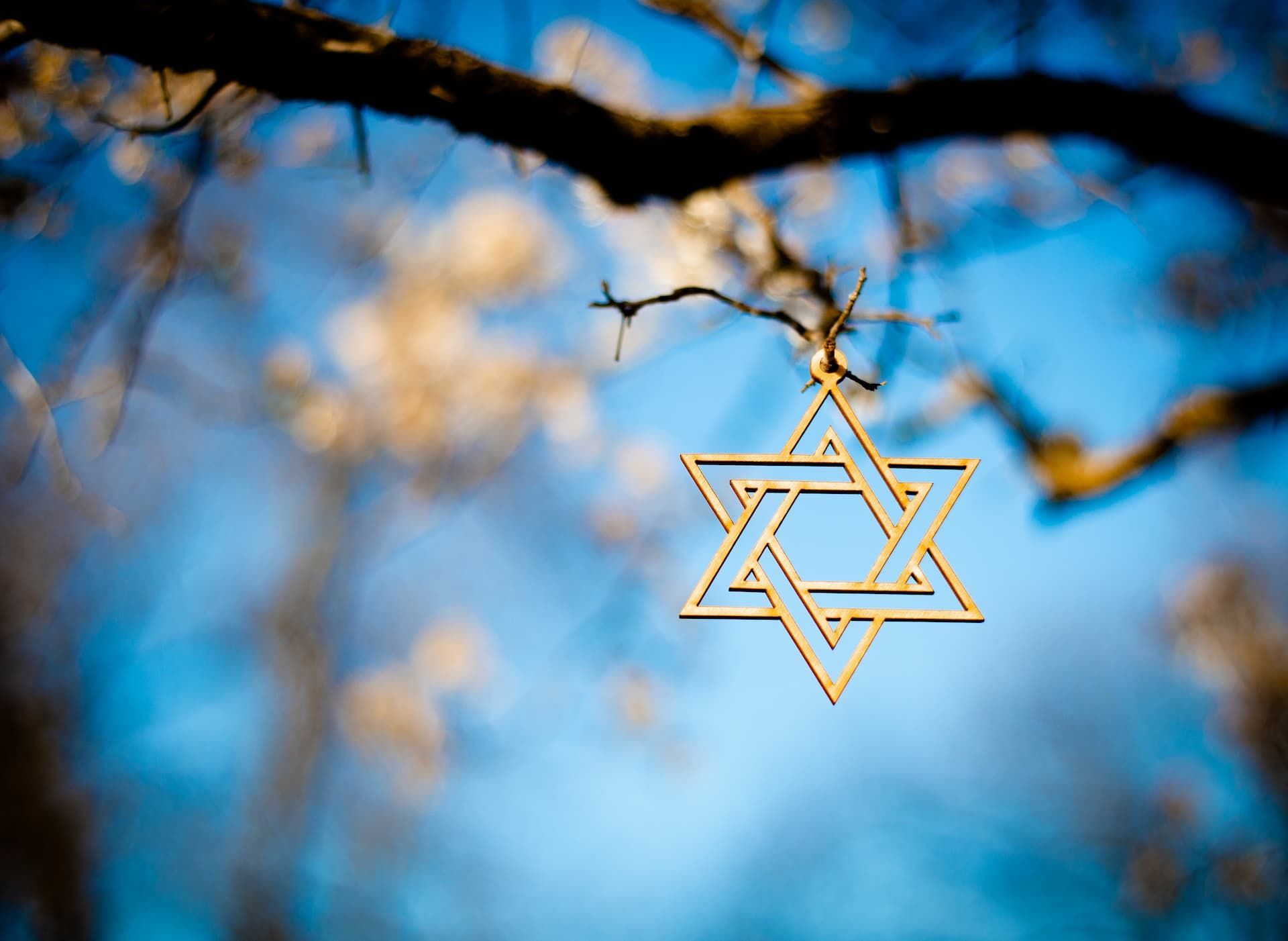Saying Goodbye
At Shalom Funeral Service, we understand the importance of saying goodbye to a loved one with respect and dignity. We offer guidance after a loved one's death on, shiva, kaddish, and other traditions to honor their memory.
Laws and Practice
Jewish laws and practices relating to death and mourning are based on two fundamental principles:
- The honor and respect due to the deceased. (kavod ha-met)
- The concern for the mental, emotional, and spiritual well-being of the living and the requirement of extending comfort to them. (nihum avelim)


Care of the Body
The dead must be clothed in white robes (takhrikhim) after having been carefully washed and cleansed. (The simple white garment was instituted in the Talmudic period when burials became terribly burdensome and expensive for the masses, to emphasize the equality in death of the rich and poor alike. Until then, the more affluent had usually been buried in richer clothing. The sages were sensitive to the honor of the deceased poor.)
Male dead are also wrapped in a tallis whose fringes (tzitzis) are made invalid, symbolically indicating that the earthly requirements are no longer incumbent upon him.
Embalming is forbidden. The blood of a deceased is part of them which must also be buried and not discarded as waste.
The dead must be clothed in white robes (takhrikhim) after having been carefully washed and cleansed. (The simple white garment was instituted in the Talmudic period when burials became terribly burdensome and expensive for the masses, to emphasize the equality in death of the rich and poor alike. Until then, the more affluent had usually been buried in richer clothing. The sages were sensitive to the honor of the deceased poor.)
Male dead are also wrapped in a tallis whose fringes (tzitzis) are made invalid, symbolically indicating that the earthly requirements are no longer incumbent upon him.
Embalming is forbidden. The blood of a deceased is part of them which must also be buried and not discarded as waste.
Expressing Grief
Tearing a garment that one is wearing is the religiously proper way to express grief for the dead. It is a time-honored and ancient sign of grief and mourning among Jews extending back to Biblical mourning (shiva) except for the Sabbath day.
When rending the garment, the following blessing is said by the mourners: Baruch ata heshem elokanu melech Ha-olam dayan ha-emet. Blessed are You, Lord our G-d, the true Judge.
Autopsies or post-mortem examinations are strongly prohibited as a desecration of the dead. However, allowances have been made if there was a reasonable prospect that it would contribute to saving the life of another person.

Therefore; it might be permitted in cases of hereditary diseases, to safeguard the life of a surviving relative, and where required by the civil authorities of the land (because of foul play, etc.). When the general prohibition against autopsies is set aside, it is vital that several safeguards be followed:
- Only the minimum required tissues needed for the examination should be used.
- All parts removed from the body should be returned for interment.
- Unless required by law, the autopsy should never be done without the express permission of the family or the prior consent of the deceased during their lifetime.
- Since each case is different and
authoritative rabbinic opinion may differ as to what conditions must be met to secure permission, the guidance of one’s own rabbi is suggested.

Regarding Jewish Burial
Burial must take place as soon as possible following death. To delay internment beyond the next day is permissible only for the honor of the dead such as waiting for the arrival of close relatives from distant points, or if Shabbos or a festival intervenes.
It is forbidden to bury the dead on the Sabbath. Jews are also forbidden to participate in the burial of the first day of a festival; it is only the actual interment that is permitted. No other violation of the festival is condoned. Under contemporary conditions, it is preferable not to conduct a funeral on either day of the festival so as not to lead to major desecration of the holiday and to the indirect dishonor of the deceased.
Caring for the dead, preparing them for burial, watching over them, and handling the burial itself is a sacred task, which only the most pious and worthy members of a Jewish community were called upon to do. The organization that concerns itself with this is called the Chevra Kadisha (Sacred Society).
Kaddish
The word Kaddish means sanctification, and the prayer is a sanctification of G-d’s name. It is a declaration of deep faith in the exalted greatness of the Almighty and a petition for ultimate redemption and salvation. The custom is for a son, regardless of age, to recite the Kaddish prayer at daily religious services beginning with the day of burial and each day thereafter for an eleven-month period. (Yoreh Deah 376:4 The Rahma,, Rabbi Moshe Isserles) A women may also say Kaddish, but is under no religious obligation to do so. A person may also say Kaddish for a child, in-law or sibling.
The recitation of the Kaddish requires a minyan, a quorum, of ten Jewish male adults. It is not said when praying alone.

The Kaddish is said while standing, feet together, in a respectful stance. In some congregations, only one person at a time is designated to recite the Kaddish. In most congregations, it is customary for all the mourners to recite the Kaddish in unison.
The language of Kaddish is not Hebrew but Aramaic, which was the language spoken by the masses. The use of Aramaic made it easier to comprehend its meaning.
The Kaddish is not technically a prayer for the dead. There are special prayers for the dead such as the El Molai Rahamim Prayer and the Yizkor prayer, but the Kaddish is not one of them. It makes no reference to the dead or to mourning. It is a prayer in praise of G-d. The Kaddish is one of the oldest prayers in Jewish liturgy, extending well back to the days of the Second Temple.

Death and Mourning
Jewish tradition cherishes life. The Torah was given to Israel so that “you shall live” by the teachings and “not die through them”. Death has no virtue since “The dead cannot praise the Lord…” (Psalms 115:17)
Nevertheless, Jewish tradition has been realistic about death. “For dust you are and to dust you shall return” (Genesis 3:19), “but the spirit returns to G-d who gave it”. (Ecclesiastes 12:7). “The end of man is death,” said Rabbi Jochanan (Berakhas 17a). Simply put, we shall all die.
In itself, death is not a tragedy. What we call a “tragic death” is determined by the untimely nature of the death or the unfortunate circumstances surrounding it. When a peaceful death follows a long life which was blessed with good health and vitality of mind and body, a life rich in good deeds, then death cannot be regarded as tragic – no matter how great the loss and the sorrow. “Blessed is he that has been reared in the Torah and whose toil is in the Torah, and acts so as to please his Creator, and has grown up with a good name and departed with a good name. Concerning him, Solomon said, ‘A good name is better than precious oil: and the day of death better than the day of one’s birth’ (Ecclesiastes 7:1).” (Berakhos 17a).
The world we live in is viewed as a corridor that leads to still another world. The belief in an afterlife, in a world to come (Olam Haba) where man is judged and where the soul continues to flourish is imbedded in Jewish thought. “All Israel has a share in the world to come.” (Mishna Sanhedrin 11:1)
But the worthier the individual, the greater is their loss to the living. The more they meant to those around them—family, friends, community, the deeper the grief and sharper the anguish. The traditional Jewish observances surrounding death and mourning maintain the dignity of the deceased and comfort the pain of the mourners.
To learn more about traditions, customs or service options please
contact us today.

